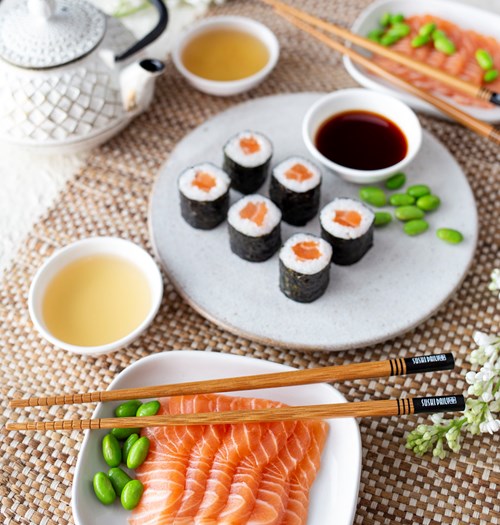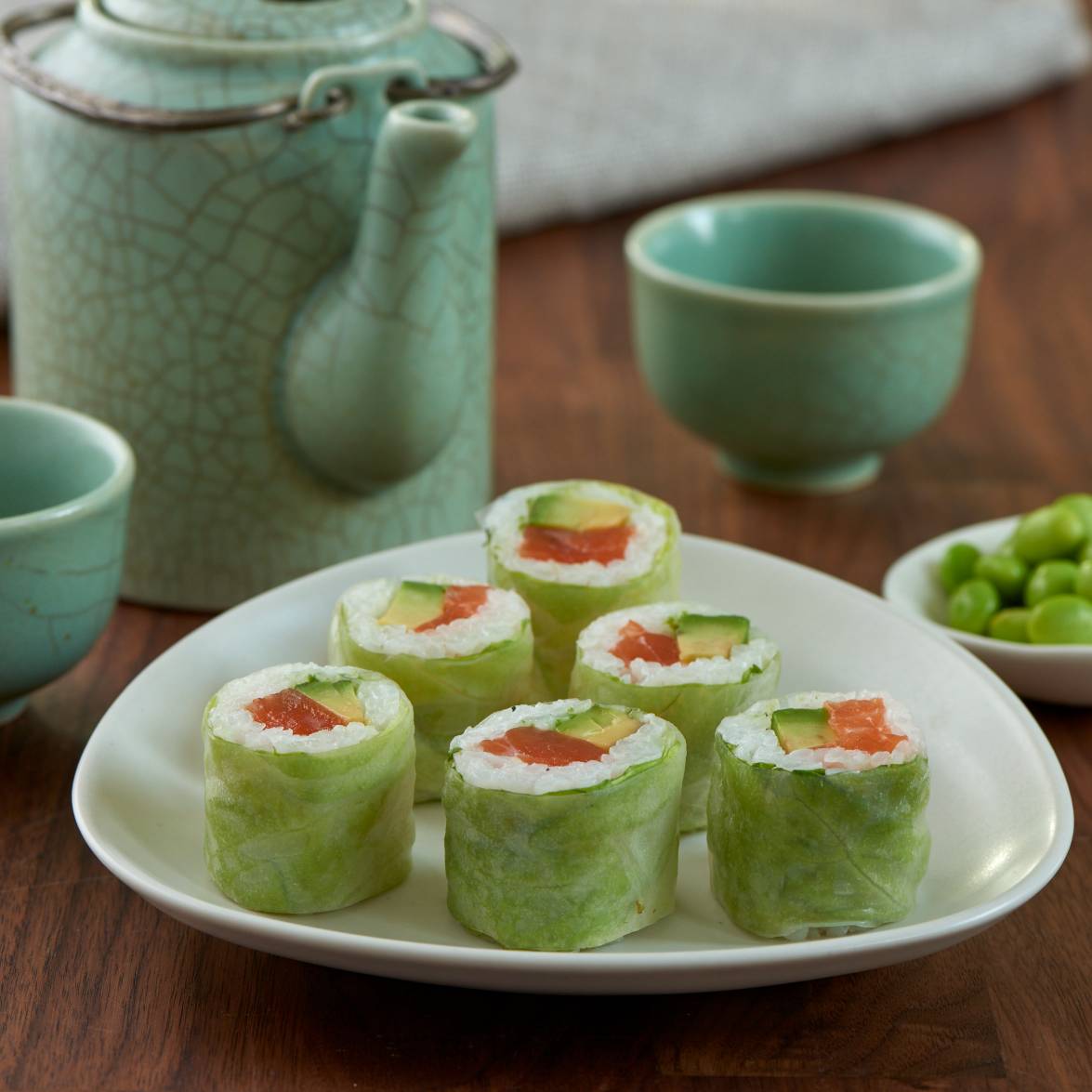To the unknowing, the world of sake can be just as bewildering as the world of fine wine. It’s a creation of delicate balance, involving centuries of cultivation and generations of experience.
Before we start, here’s what you really need to know first: sake is made by fermenting special sake-brewing rice with koji mould (acting as the yeast) which grows on rice. The flavour of the finished product changes depending on certain variables such as how much the rice grain has been polished, and whether additional alcohol has been added.
How it all started
The precise origin of sake is unknown because it is so old that it predates recorded history, but it is believed to have originated in China as much as 3000+ years ago.
When wet rice cultivation practices were introduced to Japan around 300 BC it took a few hundred years before kuchikami-zake (an early form of the drink) appeared. This crude drink wouldn’t appeal much to us, as it was a communal but unappealing production process: villagers would gather together to chew the rice and spit it out in a pot! The chewed rice, in combination with the saliva enzymes and natural yeast, would then be left to become an alcoholic drink. Thankfully, this method was abandoned with the discovery of koji which started off the fermentation process with no chewing required. Phew!
Rice
There are nine different types of sake-brewing rice. Yes, nine. I don’t know what they’re called, so please don’t ask.
After one of the (NINE!) varieties are harvested in the autumn, the rice is polished to remove the outer layer. Different types of sake require different gradients of rice-polishing – as the amount of protein, fat and starch involved changes the final product’s flavour. Afterwards, the rice is washed, soaked and steamed, ready for the next stage.
Water
Water is heavily relied upon during the sake making process – from the washing and steaming, to the brewing to the watering down at the end. The final product is actually 80% water. And there is no single type of water. That would be too simple. Water hardness (mineral content) really affects sake production.







